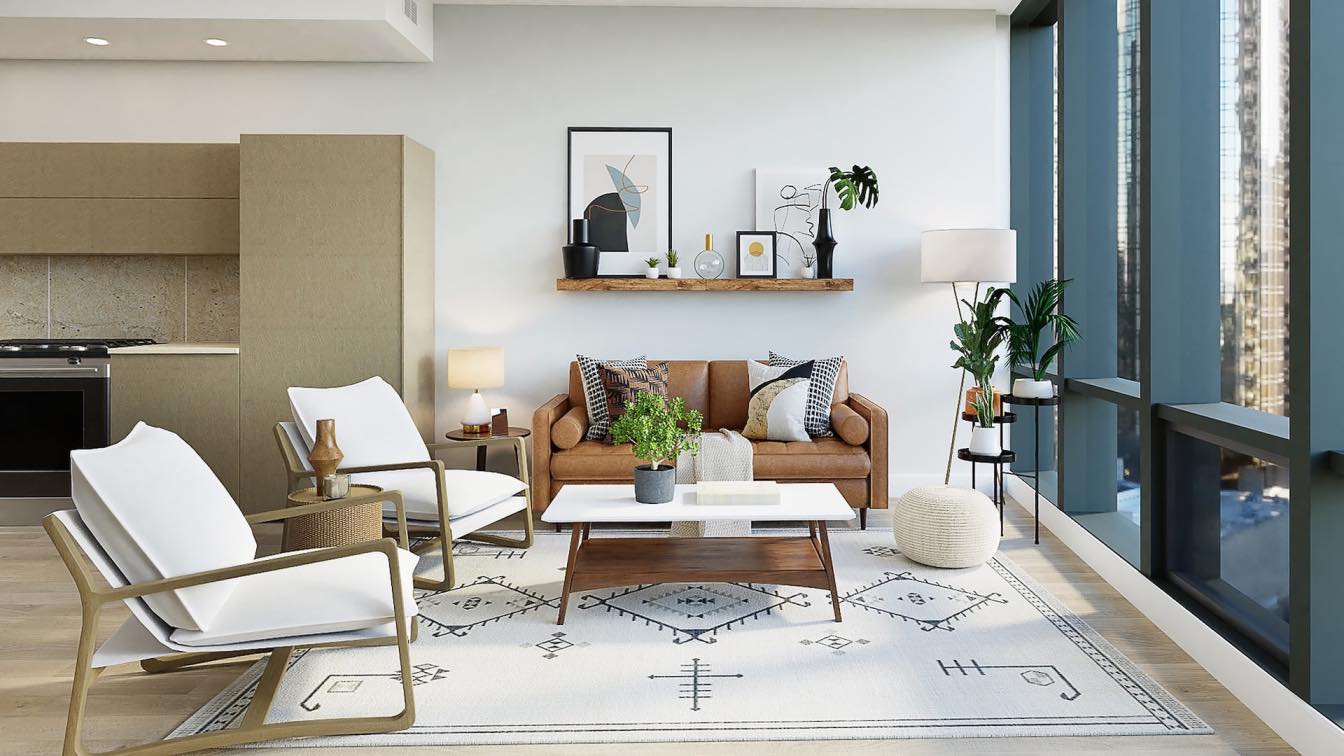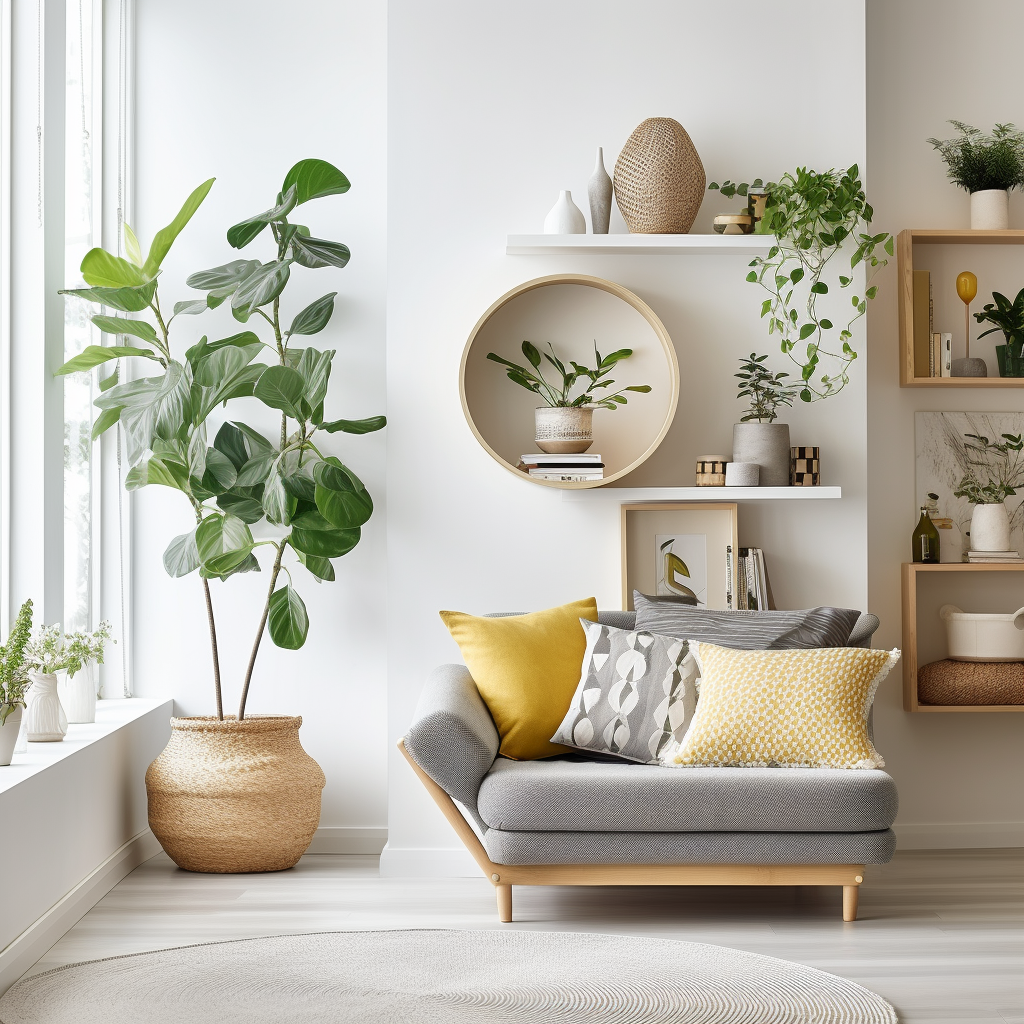Crafting Distinct Areas with Expert Interior Design Miami Techniques
Crafting Distinct Areas with Expert Interior Design Miami Techniques
Blog Article
Why Recognizing the Principles of Interior Layout Is Vital for Effective Space Planning
Understanding the concepts of indoor style is fundamental to reliable space preparation, as it lays the foundation for producing settings that integrate capability with visual allure. Vital elements such as percentage, balance, and flow are not simply attractive factors to consider; they are crucial in optimizing how a space is used.
Relevance of Area Preparation
Area preparation is a basic facet of interior layout that significantly influences the capability and appearances of a space. It entails the critical plan of furnishings, fixtures, and architectural aspects to optimize the use of available area while enhancing the total individual experience. Effective area planning addresses numerous factors, consisting of circulation, accessibility, and the particular needs of the occupants.
One of the main benefits of space preparation is its ability to enhance spatial performance. Interior architecture Miami. By thoughtfully arranging a format, designers can guarantee that every area offers a function, reducing clutter and advertising a sense of order. In addition, correct space planning fosters a harmonious environment, enabling seamless motion and communication within an area
In addition, effective room preparation thinks about natural light, sightlines, and the relationship between different areas. This holistic technique not just elevates the aesthetic allure yet also adds to the health and efficiency of the owners. Inevitably, a well-executed space strategy contributes in creating a well balanced and welcoming environment, making it crucial for any kind of interior decoration project.
Key Concepts of Interior Decoration

One basic concept is balance, which can be in proportion, asymmetrical, or radial. Balanced equilibrium produces a sense of order, while unbalanced equilibrium provides a more vibrant visual appeal. An additional crucial concept is percentage and scale, guaranteeing that the size of furnishings and style aspects relate sympathetically per other and the overall space.
Shade theory also plays a substantial duty, influencing state of mind and understanding. Designers make use of shade palettes to stimulate particular sensations and improve the spatial experience. Additionally, the principle of rhythm includes creating a sense of activity with rep of shades, forms, or patterns, guiding the eye throughout the area.
Last but not least, the principle of focus routes attention to centerpieces, enabling a clear narrative within the style. Interior designer Miami. By adhering to these vital principles, interior designers can produce settings that not only meet practical needs yet also resonate with the residents on a psychological degree
Effect On Functionality and Flow

The setup of furniture, the option of products, and the integration of innovation all play essential duties in achieving optimum performance. For circumstances, placing seating locations in closeness to workspaces can facilitate interaction and cooperation, therefore boosting performance. Additionally, guaranteeing that paths are unhampered and clear Read More Here enables effective movement, lowering blockage and promoting a natural circulation throughout the area.
Furthermore, incorporating components such as illumination and shade can better help in delineating locations, making it less complicated for individuals to navigate their setting. Thoughtful area preparation takes into consideration not only the physical facets of style but additionally exactly how users connect with their environments. Ultimately, an emphasis on performance and circulation not only boosts the customer experience however also boosts the general performance of the room, producing an environment that fulfills the requirements of its residents while fostering a sense of harmony and equilibrium.
Enhancing Appearances and State Of Mind
Three key components-- lights, shade, and texture-- play pivotal functions in boosting the aesthetic appeals and state of mind of an indoor space. Color establishes the psychological tone; cozy hues like reds and oranges evoke energy and warmth, while cooler tones such as blues and environment-friendlies advertise calmness and serenity. Selecting an unified shade combination can change a space, creating a visually attractive and cohesive atmosphere.
Structure includes deepness and passion, adding to the responsive experience within an area. A mix of appearances-- smooth surface areas, deluxe textiles, and all-natural products-- can develop aesthetic intrigue and boost convenience. As an example, coupling a soft velour couch with a streamlined glass coffee table can create a balanced aesthetic that invites interaction.
Lighting, commonly a forgotten aspect, considerably impacts state of mind. Natural light fosters an open, ventilated atmosphere, while purposefully placed man-made lighting can develop heat and emphasize building attributes. Dimmer buttons enable versatility, permitting adjustments to fit numerous activities or times of day.
Integrating these three elements attentively not just boosts Visit Website the visual appeal of an area however additionally grows an atmosphere that resonates with its designated objective, inevitably enriching the overall experience for its residents.
Practical Applications in Reality
Using indoor layout concepts in reality requires a thoughtful method that integrates color, structure, and illumination right into daily areas. By comprehending just how these aspects collaborate, people can produce settings that are not just aesthetically attractive however harmonious and likewise practical.
For example, in a little living area, employing a light color palette can make the area feel larger and a lot more open. Strategic use mirrors can boost all-natural light and develop an illusion of depth. Integrating different appearances through fabrics, such as paddings and carpets, can add warmth and interest without overwhelming the senses.
Lighting plays a crucial role in specifying the ambience. Split lights, containing ambient, job, and accent alternatives, allows adaptability in state of mind setups. In a home workplace, for instance, Learn More Here a combination of natural light, workdesk lights, and decorative components can enhance efficiency while maintaining a welcoming atmosphere.
Moreover, recognizing spatial connections and furniture setup can result in boosted performance. By sticking to principles such as equilibrium and proportion, one can make certain that areas offer their designated objective while staying cosmetically pleasing. Generally, practical applications of interior decoration principles significantly improve the livability and appeal of any type of environment.
Final Thought
In verdict, comprehending the concepts of interior layout is essential for reliable space planning, as it cultivates a balance in between functionality and appearances. By applying essential principles such as proportion, color concept, and circulation, designers can produce environments that improve both use and aesthetic allure. Ultimately, this understanding adds to the growth of spaces that not only satisfy functional demands yet also elevate the overall environment, causing even more enjoyable and effective experiences for customers.
Understanding the principles of interior design is fundamental to effective space planning, as it lays the groundwork for producing atmospheres that balance performance with aesthetic charm.Space planning is a fundamental aspect of interior style that dramatically influences the functionality and aesthetic appeals of an area. Furthermore, correct area preparation fosters an unified environment, enabling for smooth activity and interaction within a space.
Additionally, the concept of rhythm involves creating a feeling of activity via rep of shapes, shades, or patterns, assisting the eye throughout the space.
In conclusion, recognizing the principles of interior layout is vital for effective room planning, as it fosters an equilibrium between capability and aesthetic appeals.
Report this page